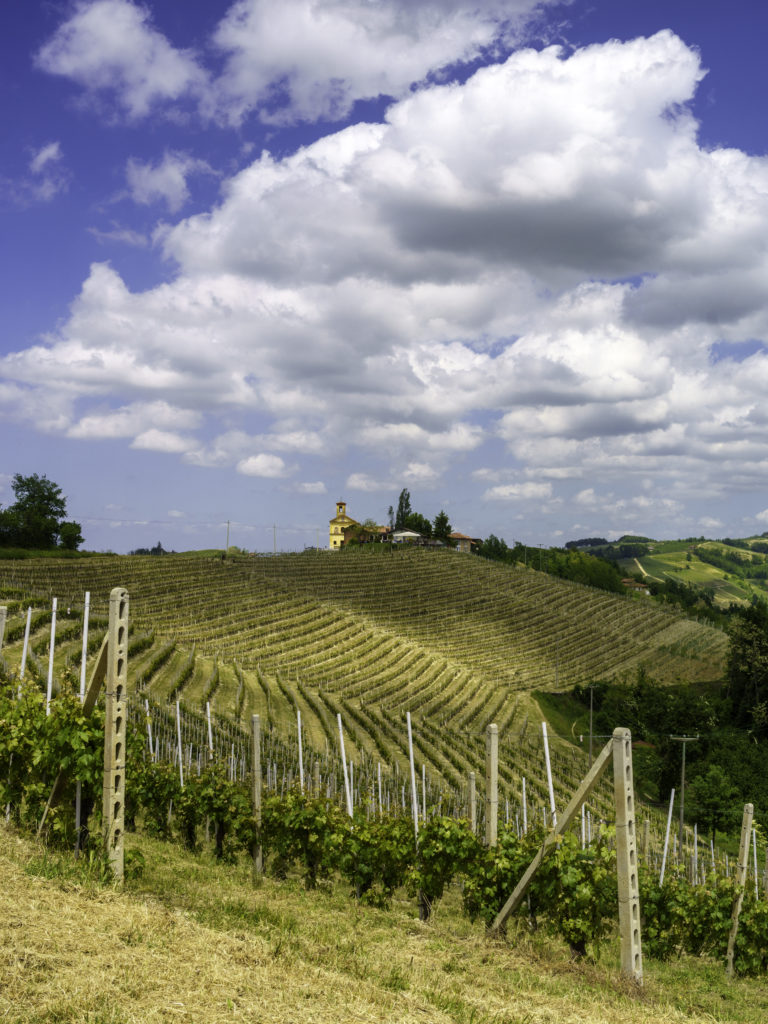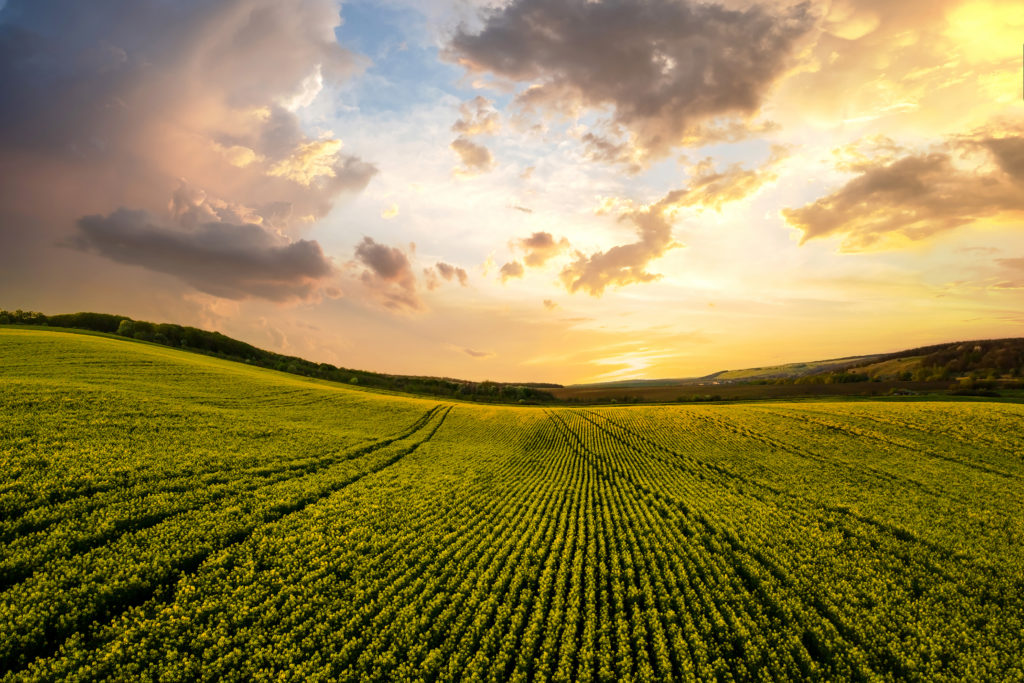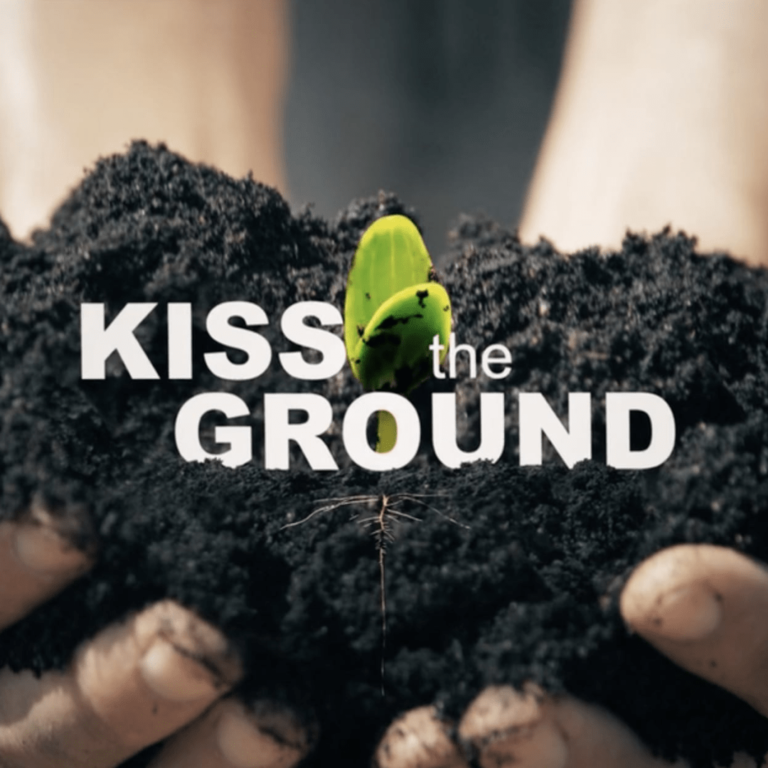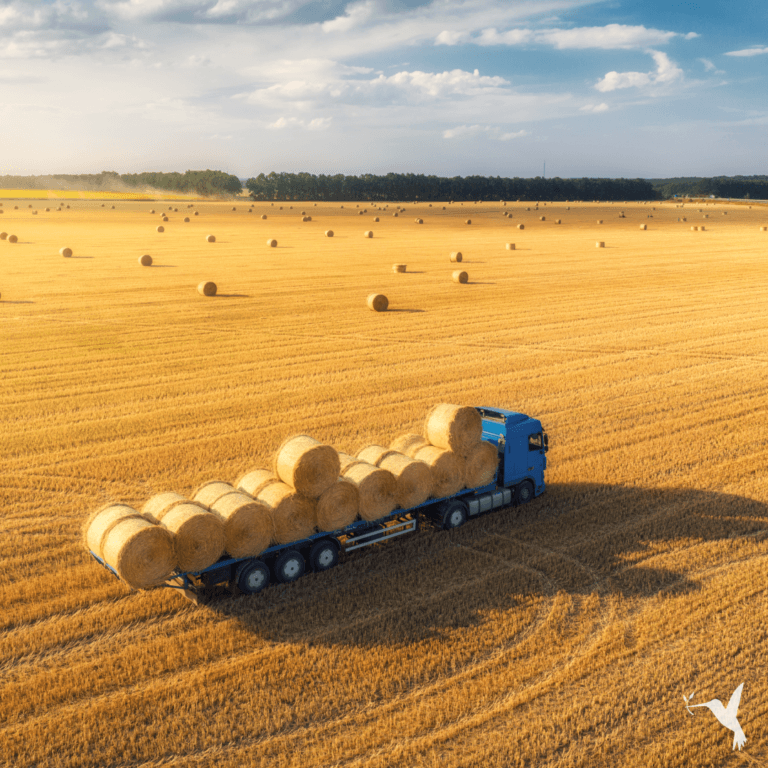Two Indispensable Ingredients For Life on Earth
How Regenerative Agriculture Can Save Our Air & Soil
When was the last time you inhaled and thought, wow, that air was fresh?
Just like we don’t always notice our heart beating or our lungs expanding with our breath, many of us don’t notice the soil beneath us or the air around us. However, each of these are absolutely vital to life on earth. We cannot survive without clean air and healthy soils. But what happens when we deplete these precious ingredients to life? Fortunately, there are steps we can take as individuals and as communities to regenerate soil and air.
Let’s get back to basics with these two fundamental ingredients for life on earth. What are they and how can we protect them?

Soil is the anchor for all life, a dynamic and complex system vibrating with a wide variety of microorganisms, such as bacteria, viruses, fungi, protozoa and algae. This system also includes plant roots, insects, earthworms, and larger animals too.
Air is the invisible mixture of gasses that surrounds the Earth. Nitrogen and oxygen make up about 99 percent of Earth’s air. Carbon dioxide, a gas that plants depend on, makes up less than .04 percent. People and other animals need oxygen to live and plants need carbon dioxide and, magically, we make these for each other in what should be a balanced system. Lately, systems seem to be wobbling continuously more out of balance.
Can we bring them back to a place of stability? With regenerative systems and other solutions, it is possible.
How the Food System is a Danger To Air & Soil
Food production occurs at the intersection of soil and air. The process in turn impacts soil and air quality. Soils act as a “sink,” a place to store excess carbon from the atmosphere, which improves the soil’s ability to maintain moisture and nutrients. The same is true of air. When a farmer adds crop nutrients, some of those nutrients are oxidized and lost into the air, increasing greenhouse gas levels. More greenhouse gasses mean an overall warmer climate, more variable weather, and an increased likelihood of extreme weather.
Environmental effects of air pollution include damage to plants and long-term forest health, soil nutrient deterioration, accumulation of toxins in the food chain, damage to fish and other aquatic life in lakes and streams, and nitrogen enrichment of coastal estuaries causing oxygen depletion and resulting in harm to fish and other aquatic animal populations in our oceans. Reducing air pollution improves crop and timber yields,
Regenerative Agriculture: Breaking the Cycle
Air pollution takes a toll on crops and industrial farming harms soil. It’s an ongoing harmful cycle. But it doesn’t have to be. Regenerative agriculture can tackle both of these intersecting problems at once. Improving soil health in ways that may increase crop yields can also naturally improve its carbon-storing potential.

Soil management offers huge potential for keeping carbon emissions in the ground—and out of the atmosphere. Scientific Reports estimates that improved land-use practices could increase the amount of carbon stored in the top layer of soils worldwide by between 0.9 and 1.85 billion metric tons each year, which is about as much carbon as is emitted by the transportation sector annually. This is helpful to maintaining healthy soils, fresher air, and healthier crops.
Breathing clean air is important for many reasons. lessen the risk of disease from stroke, heart disease, lung cancer as well as chronic and acute respiratory illnesses such as asthma. Lower levels of air pollution are better for heart and respiratory health both long- and short-term.
What if you aren’t a regenerative farmer? There are still ways you can improve air quality (and soil health).
7 Ways Anyone Can Be An Agent of Regeneration
We know you’ve heard some of these a thousand times, but we’ll list them again.
- Ride a bike and walk instead of drive (as often as possible).
- Plant a tree (or a thousand).
- Eat less beef (really, just try it).
- Say NO to fast fashion. (Shop secondhand and from ethically sourcing brands)
- Become a crazy houseplant person (okay, just get some houseplants, being crazy about it is fully optional). Houseplants are great for purifying indoor air.
- Support regenerative farmers and agriculture. How? StoryBird and our marketplace are a great place to start.
- Start gardening if you can, and if you do, save and share your heirloom seeds.
And at the base of all of these actions, we encourage you to be mindful. Notice your breath. Your heartbeat. The ground you walk upon. Practice gratitude for the earth and her abundance. It’s all connected and every interconnected piece, including you, is vital to the continuance of life.


